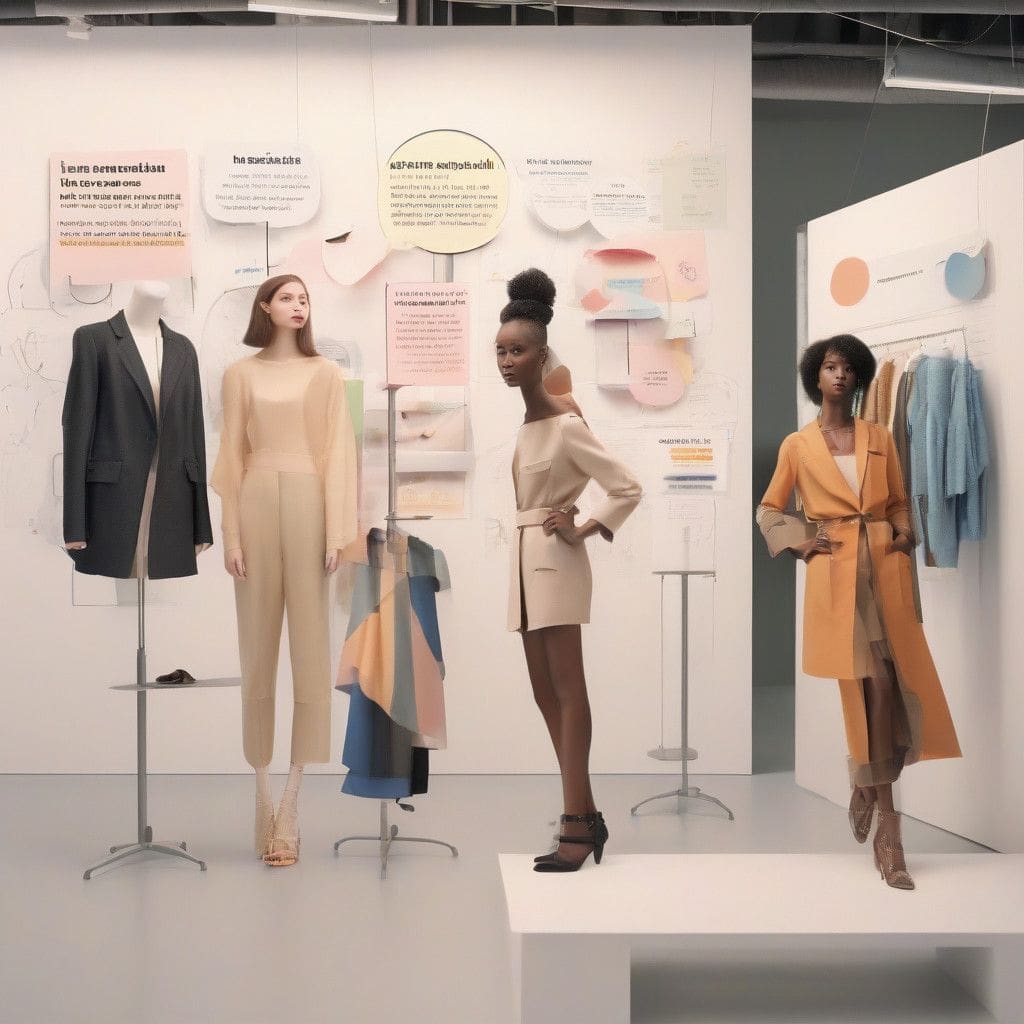The watch industry is currently grappling with a significant disconnect between its product offerings and the preferences of female consumers. A recent survey conducted by Deloitte, in collaboration with the nonprofit group Watch Femme, paints a concerning picture: an overwhelming 85% of respondents believe that the watch market is not producing enough timepieces that appeal to women. This gap represents not just an oversight, but a critical business opportunity for an industry facing declining demand, particularly among affluent Chinese consumers.
According to Karine Szegedi, consumer and luxury goods industry leader at Deloitte Switzerland, “Women remain underrepresented and insufficiently targeted.” This statement comes amidst a broader context where the watch industry could benefit from a stronger engagement with female consumers. The industry’s failure to cater to this demographic has led to unfulfilling shopping experiences in boutiques, with 80% of surveyed women indicating that gender-specific marketing and categorization is detrimental to their experience.
The Economic Implications of Ignoring Female Consumers
The significance of tapping into the female market cannot be overstated. In 2022, global retail sales of watches reached approximately 48 billion Swiss francs (around $54.9 billion), according to estimates by Morgan Stanley. The pre-owned watch market is also a notable segment, with about $24 billion in sales. Ignoring female consumers may cost the industry dearly, especially when facing financial challenges.
An example of a brand recognizing this potential is Hermès. The luxury powerhouse recently launched its H08 sports range specifically aimed at women, which has led to an increase in watch revenues since its introduction in 2021. This indicates that the market is not only viable but thriving when brands adequately design and market products to meet women’s preferences.
Women in the Workforce: The Leadership Gap
The industry’s shortcomings also extend beyond product offerings to its work culture. Despite making up about 43% of the workforce in Swiss watchmaking, women hold a significantly smaller percentage of managerial positions. This underrepresentation in leadership results in a lack of diverse perspectives in decision-making processes, which is crucial for creating products that resonate with female consumers.
Moreover, statistics show a troubling gender pay gap within the Swiss watch industry. On average, women earn 24.8% less than their male counterparts, highlighting systemic inequalities that need addressing. This disparity impacts not only the morale of current female employees but also the industry’s ability to attract new talent.
Towards a More Inclusive Future
The findings of this survey should serve as a wake-up call for the watch industry. Women represent a critical market segment that has been historically neglected. Brands must rethink their marketing strategies, moving away from outdated gender categorizations and towards a more inclusive approach that offers a broader range of designs and styles.
For instance, brands can prioritize product versatility that appeals to both genders while also creating specific lines tailored to women’s preferences. Incorporating input from women in product development and advertising could significantly enhance engagement and market success.
Additionally, a more inclusive workplace culture can foster innovation and creativity, driving greater product diversity. By hiring more women in leadership roles, companies can ensure that women’s voices and perspectives are led by those who understand their needs and desires.
Conclusion
The survey conducted by Deloitte and Watch Femme reveals that the watch industry is at a crucial juncture. By recognizing the potential of female consumers and addressing the underlying issues of representation in both product offerings and employment, the industry can not only improve its economic outlook but also foster a brand connection that resonates with a broader audience. It is time for the watch industry to shift its perspective and align itself with the desires of today’s women.












